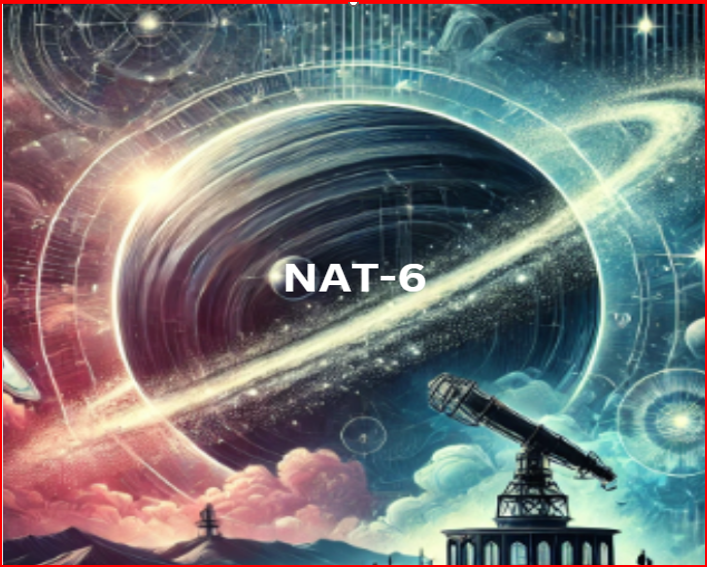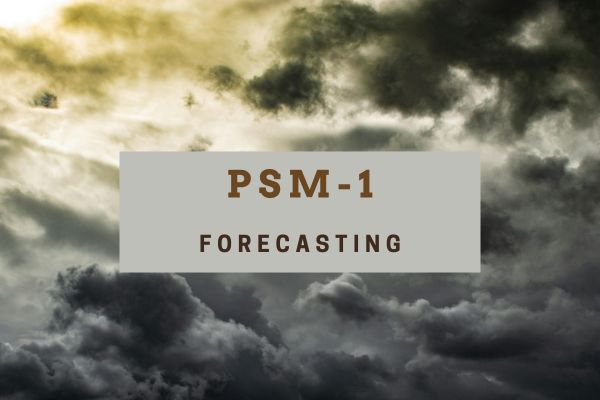Prerequisites: This course is mandatory to graduate in the Diploma Module for the Professional Training Department. All obligatory courses must be completed satisfactorily.
Ethics and ethical habits are an integral part of any professional practice, including astrology. In fact, we could say that one cannot be a professional without adhering to ethical standards. The two go hand in glove.
This course is geared for astrologers in all phases and types of practice, whether they are students, consult with clients, are research astrologers, astrological writers, administrators, attend conferences, participate in collegial relationships, or talk to the public about astrology.
Every profession has unique situations pertaining to the nature of its business and practice, but there is a basic foundation of ethical adherence that is common to all professions. A complete course in Ethics for astrologers requires critical thinking and a willingness to successfully dismantle complex ethical dilemmas that will inevitably arise in the course of your astrological journey or career.
The course is divided into two main parts:
1. A review of various codes of ethics from some of the major astrological organizations to determine the common denominators among the various codes.
2. Application of ethical practice for astrologers. We will define the core ethical principles and seek to understand the situations and ethical dilemmas that might arise.
Required Class Reference Materials:
* Two Articles written by Dorothy Oja for The Mountain Astrologerin 1993/1994.
* Various articles (PDF files available through the Moodle website).
* A variety of Ethics Codes (sent to students before classier available on the Moodle website)
* Article for students to order from The Mountain Astrologer







